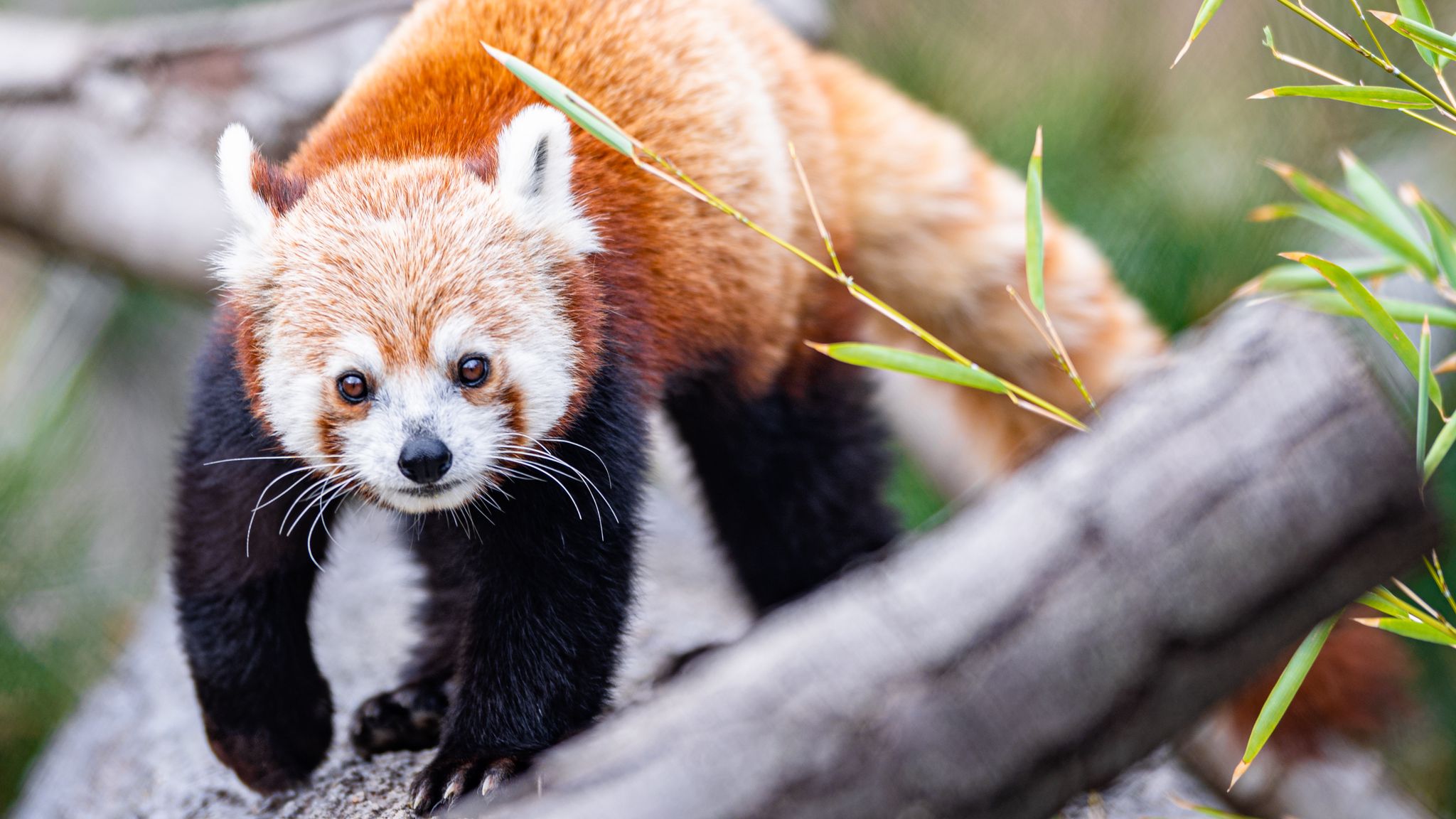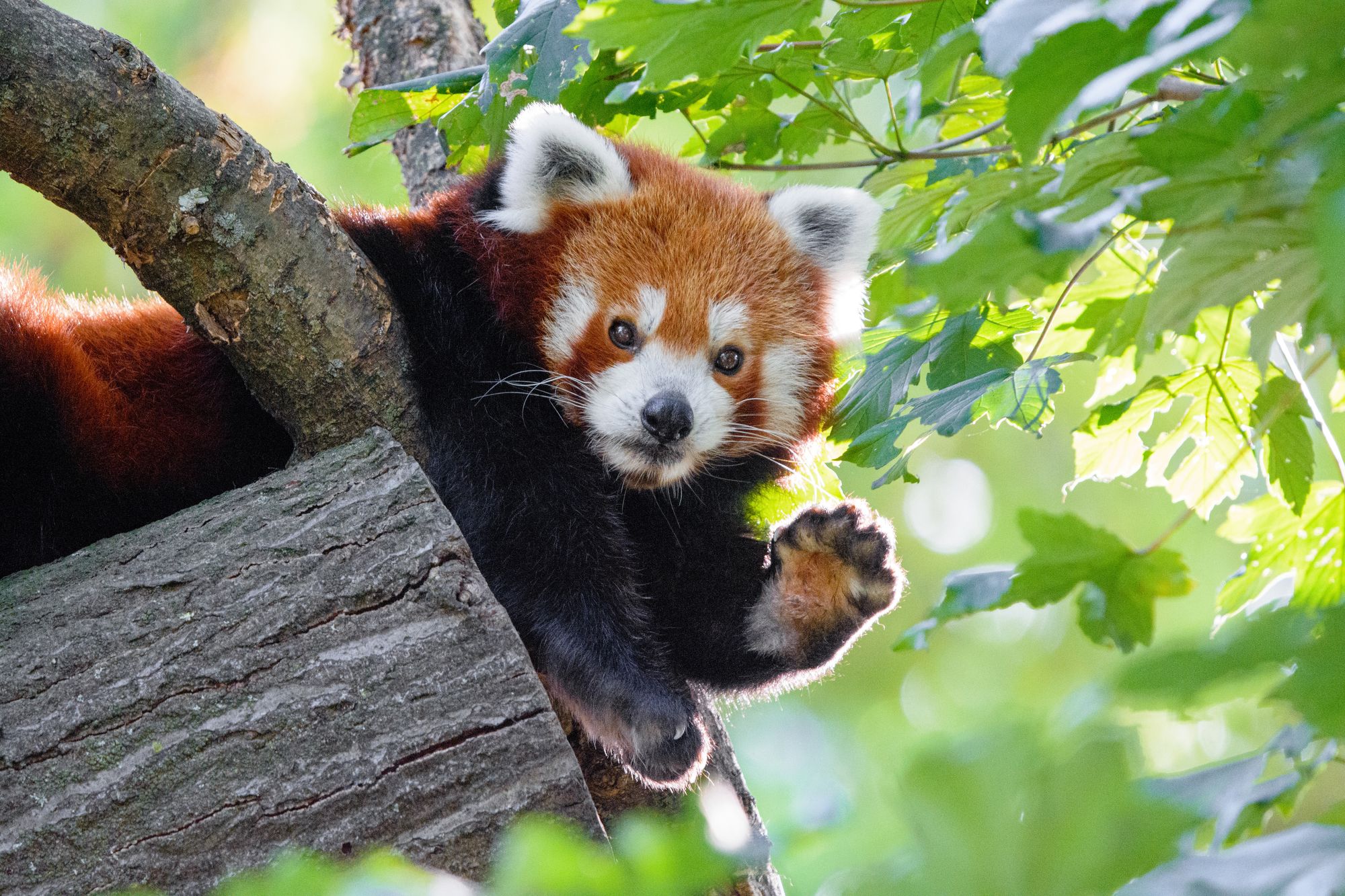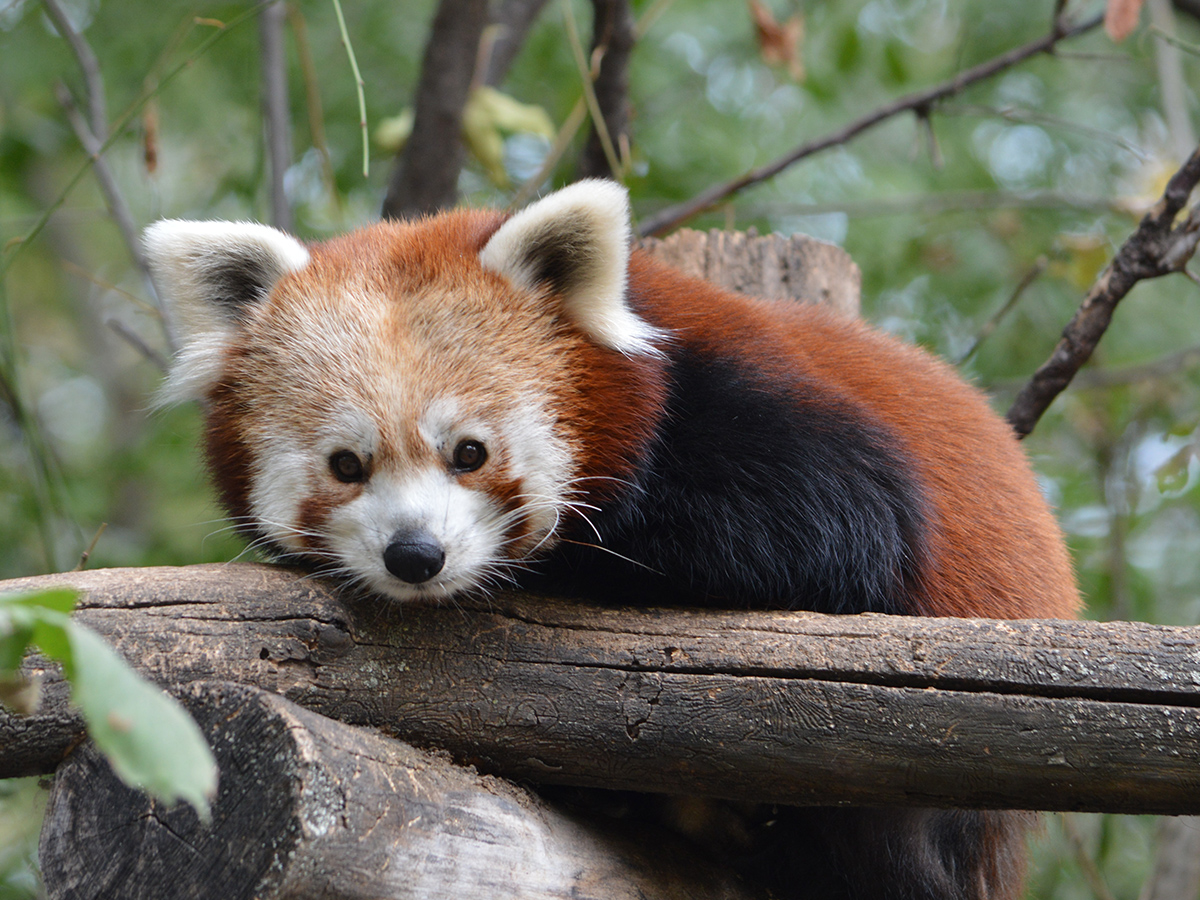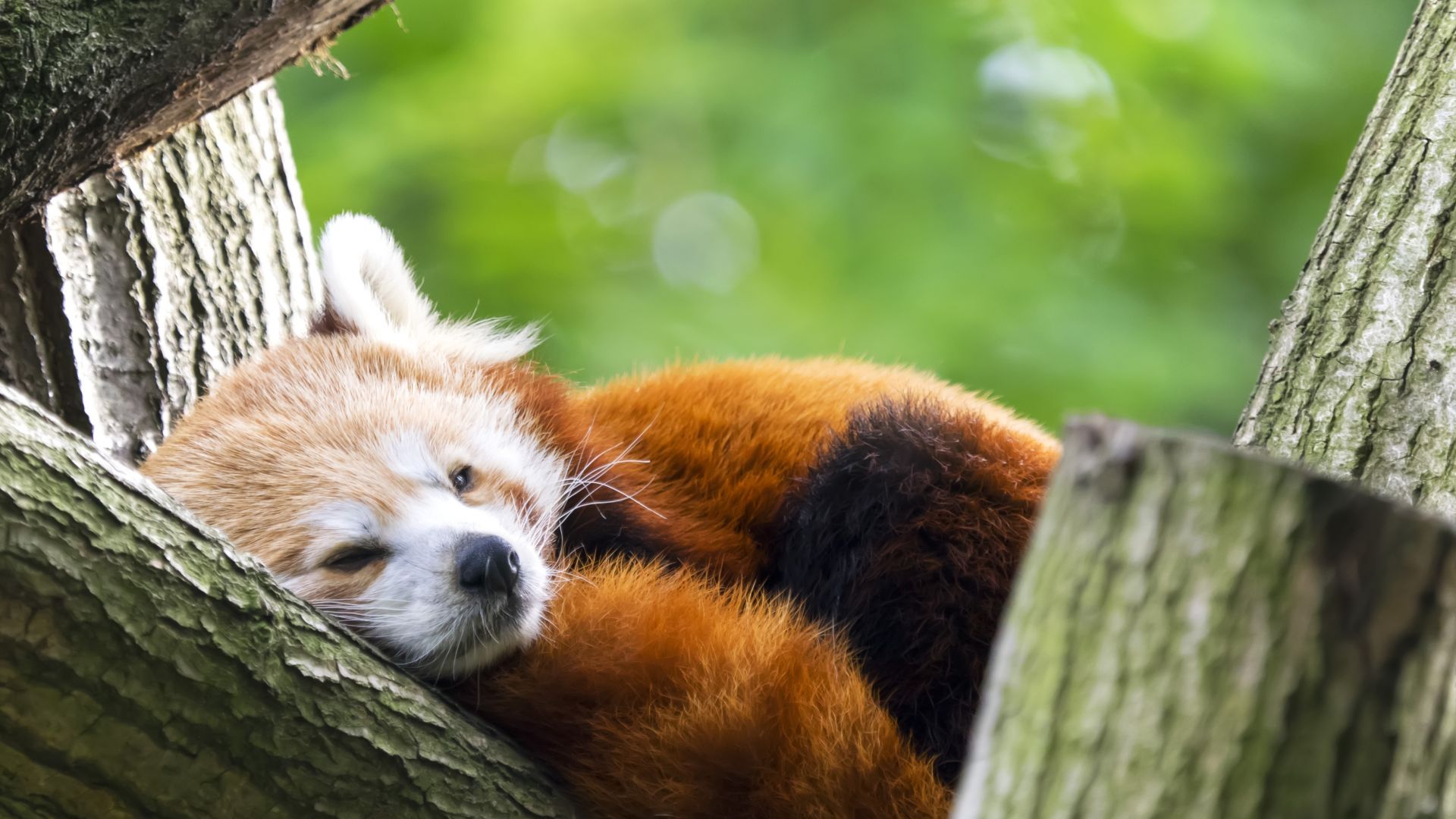The red panda (Ailurus fulgens), with its striking reddish-brown fur and bushy tail, is one of the most endearing creatures of the animal kingdom. Despite its name, this small mammal is not closely related to the giant panda but shares its habitat in the bamboo forests of the Himalayas and southwestern China.

Physical Characteristics
Red pandas are about the size of a domestic cat, with a head-to-body length of 20 to 25 inches and a tail length of 11 to 23 inches. They weigh between 8 to 14 pounds. Their thick fur provides insulation against the cold, and their bushy tail helps them maintain balance while climbing trees. The reddish-brown fur, white facial markings, and ringed tail make them easily recognizable.

Habitat and Range
Red pandas are native to the temperate forests of the Himalayas, including parts of Nepal, India, Bhutan, and China. They thrive in altitudes ranging from 4,900 to 13,000 feet, where bamboo, their primary food source, is abundant. These solitary animals are arboreal, spending most of their time in trees.

Behavior and Diet
Red pandas are crepuscular, being most active during dawn and dusk. Their diet mainly consists of bamboo leaves and shoots, but they also eat fruits, acorns, insects, and small mammals. With a specialized wrist bone functioning as a “false thumb,” red pandas are adept at grasping bamboo and other food items.

Reproduction and Life Cycle
Breeding season for red pandas occurs in late winter, with females giving birth to 1 to 4 cubs after a gestation period of about 4 months. The cubs are born blind and helpless, relying on their mother for care. They begin to eat solid food at around 3 months old and stay with their mother until the next mating season.

Conservation Status
The red panda is classified as “Endangered” on the IUCN Red List, with fewer than 10,000 individuals estimated to be left in the wild. Major threats include habitat loss due to deforestation, poaching for their fur, and illegal pet trade. Conservation efforts focus on habitat protection, anti-poaching measures, and breeding programs in captivity.

Human-Wildlife Interaction
In areas where humans and red pandas coexist, habitat fragmentation and human encroachment pose significant challenges. Community-based conservation programs are crucial in promoting sustainable practices and raising awareness about the importance of preserving red panda habitats.
Conclusion
The red panda, with its unique charm and ecological importance, is a species that captures the hearts of many. Conservation efforts are essential to protect these gentle creatures and ensure their survival in the wild. By supporting red panda conservation, we contribute to the preservation of biodiversity and the health of their natural habitats.






